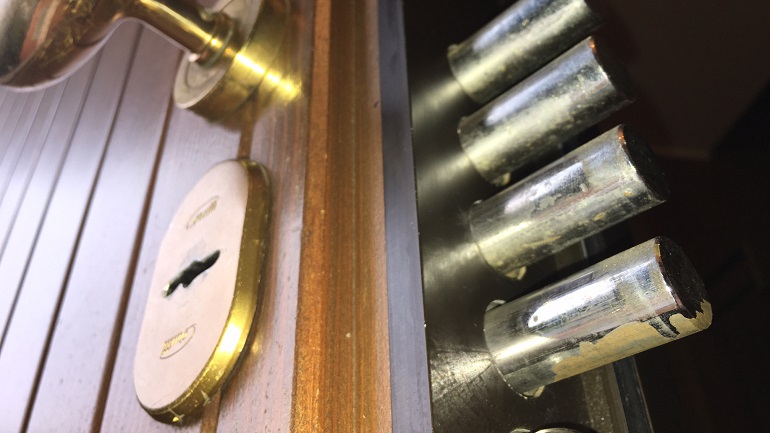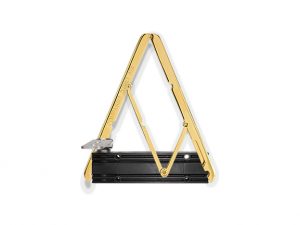
Issues of a security door
What are the most frequent issues of a security door? Below is a list of the main ones, together with their causes and the proper troubleshooting.
Security doors have become one of the main elements in our homes.
Since they’re usually installed at the entrance of a house, they actually represent the first impact for our guests and for ourselves.
The ancient Romans used to make archways and locate them at the entrance of their cities, in honour of the victorious emperor; today, we aim at realising more and more welcoming and functional entrance doors for our houses, offices and shops. The door itself stands right at the centre of many moments of our lives.
In recent years, the installation of security doors has found growing appreciation. The implementation of new mechanics and electronic components is spreading as well, thus improving services and performance, while introducing new potential ways of use.
Precious finishing with glass and marble, enhanced acoustic insulation and home automation technologies lead to greater weight, making the system heavier and more difficult to manage.
A door that works badly or which conveys a feeling of “discontent” can potentially affect encounters with people and important moments of our lives.
Let’s have a look at the most recurrent mechanical issues that affect security doors.
The door scrapes on the floor
The typical semicircle mark at the entrance, maybe on a prestigious marble floor, is the result of a structural failure of the door system that concerns the hinges. These cannot endure the door weight, which causes the hinge to wear and to fail, causing the door to tilt towards its end. A possible temporary solution could be an extraordinary maintenance operation on the hinges: spacers are installed inside the hinge. However, the issue in the door frame remains unsolved.
The door does not close properly
This issue might have three main causes:
- Bad design or poor build quality: bad sizing respect to the door size and its weight.
- Bad fixing of the frame to the wall, as to say not perfectly upright.
- Improper installation, perhaps because performed by untrained staff.
The door is hard to move
One of the worst sensations a guest could possibly experience when entering our spaces: it almost seems you want to keep them out.
A heavy door is not due to the sole door mass, rather it is connected with the friction generated between the parts the hinges are composed of: the wear and tear of the spacers (the washers we all know), causes the lack of friction that facilitates the sliding of the parts, the resulting material creates even more friction which brakes the door.
This issue can even be found on a door that has just been installed: the hinges might show early friction in between the parts, often owing to the hinge bad build, undersized or bad installation.
The door does not close
When trying to fully close the security door, it is impossible to make the handle gears hook to the jamb: the typical “clack” sound which indicates that a door has been closed correctly.
The cause is often to be found in the wrong alignment between the handle gears and the frame slot. This issue is due to a failure in the door system (frame and/or hinge): the hinges play a central role. The solution is to be found in the adjusting or maintenance of the hinges.
Gaskets too are important: they might lose flexibility, generating greater spacing in the shoulder.
The lock gets stuck or does not move
When the door is closed the lock might get stuck and not allow any movement, neither closing nor opening.
As with the above mentioned issue, the cause is to be found in a wrong alignment of the door in respect to the frame.
This problem is easily solved verifying the conditions of the latches: if you notice any scratches or usage marks in the bottom part, you’re definitely facing such issue.
Conclusions
All these problems are often triggered by the door system itself: the door-system synergy governed by the hinges.
In conclusion, we can say that using certified, highly performing hinges installed by trained staff is key to the correct operation of a security door.







